Two back-to-back attacks by Pakistan-based terrorists on Indian army camps in Kashmir have once again exposed the evil design of the neighboring country. The 2016 Uri attack was an attack by four heavily armed terrorists on 18 September 2016, near the town of Uri in the Indian-administered state of Jammu and Kashmir. It was reported as “the deadliest attack on security forces in Kashmir in two decades”. The militant group Jaish-e-Mohammed is suspected of being involved in the planning and execution of the attack. At the time of the attack, the Kashmir Valley region was at the centre of unrest, during which 85 civilians were killed [11] and thousands were injured in clashes with security forces. Since 2015, the militants have increasingly taken to high profile fidayeen attacks against the Indian security forces: in July 2015, three gunmen attacked a bus and police station in Gurdaspur and earlier in 2016 4–6 gunmen attacked the Pathankot Air Force Station. Indian authorities blamed Jaish-e-Mohammad for the latter attack. The Indian Army base in Nagrota, Jammu and Kashmir was attacked on 29 November 2016 by a group of militants. During the ensuing gun battle, seven Indian soldiers, including two officers and all three militants were killed. Since the killing of Burhan Wani, Kashmir has seen an increase in violence and civil disobedience. This also increased tensions since the 2016 Uri attack.
The spike in violence, people in the Valley say, underscores the period of unrest in Kashmir that began last year and has claimed at least 100 civilian lives – a toll that goes climbs significantly if soldiers, policemen and alleged militants are counted in. “In the early 1990s, there was a time in Kashmir when militants would escalate attacks on security forces specifically during Ramzan,” said Sheikh Mushtaq, senior journalist and former Kashmir bureau chief of Reuters. “But in the recent past, that has not been the case. This year there has been a spike in violence, but that has been going on (since) before Ramzan began. The violence -- due to an accumulation of many factors -- just passed into Ramzan. It’s a coincidence.”
Ramzan holds a spiritual significance for Muslims around the world, packed with a tight schedule of rituals. Historically, violence in Kashmir has taken a back seat during this period. It is one of the bloodiest in Ramzans in Kashmir’s recent history in terms of the number of deaths and the gruesomeness of the incidents,” a local political observer said, wishing to not be identified. The conflict, he said, has remained largely unabated due to a lack of effort to ease the tension between security forces and civilians. “The increase in infiltration attempts from across the border only adds to the tension,” he said. Data from JKCCS shows the state witnessed an increase in the overall number of killings compared to the corresponding period last year. One hundred and thirty people (35 security personnel, 78 militant, 17 civilians) were killed in Jammu and Kashmir in January-June last year and this year that number rose to 196 (52 armed forces, 88 militants, 55 civilians), their analysis shows.
—Prashant Tewari, Editor-in-Chief







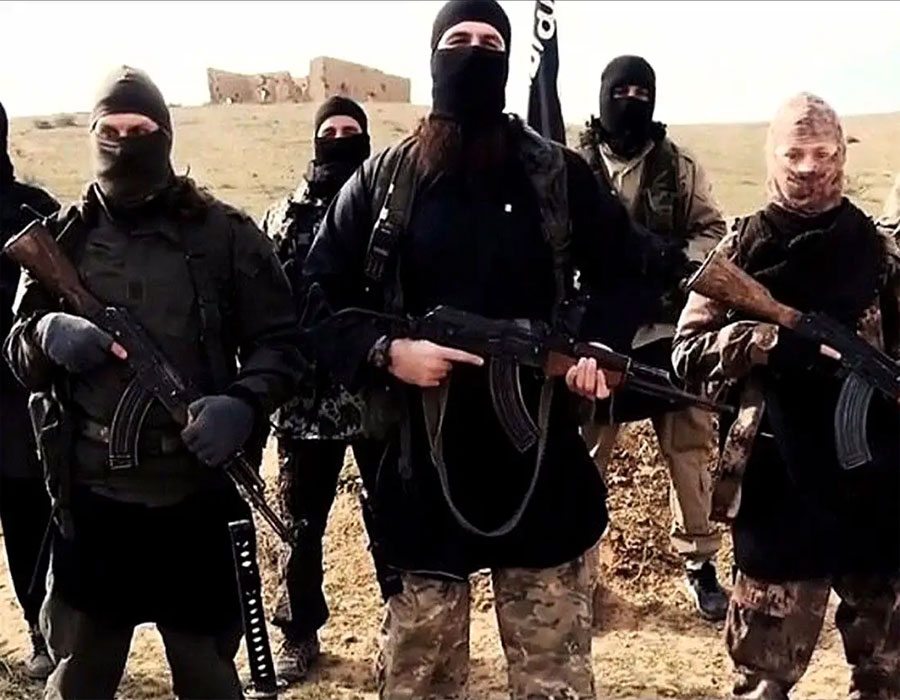
 OpinionExpress.In
OpinionExpress.In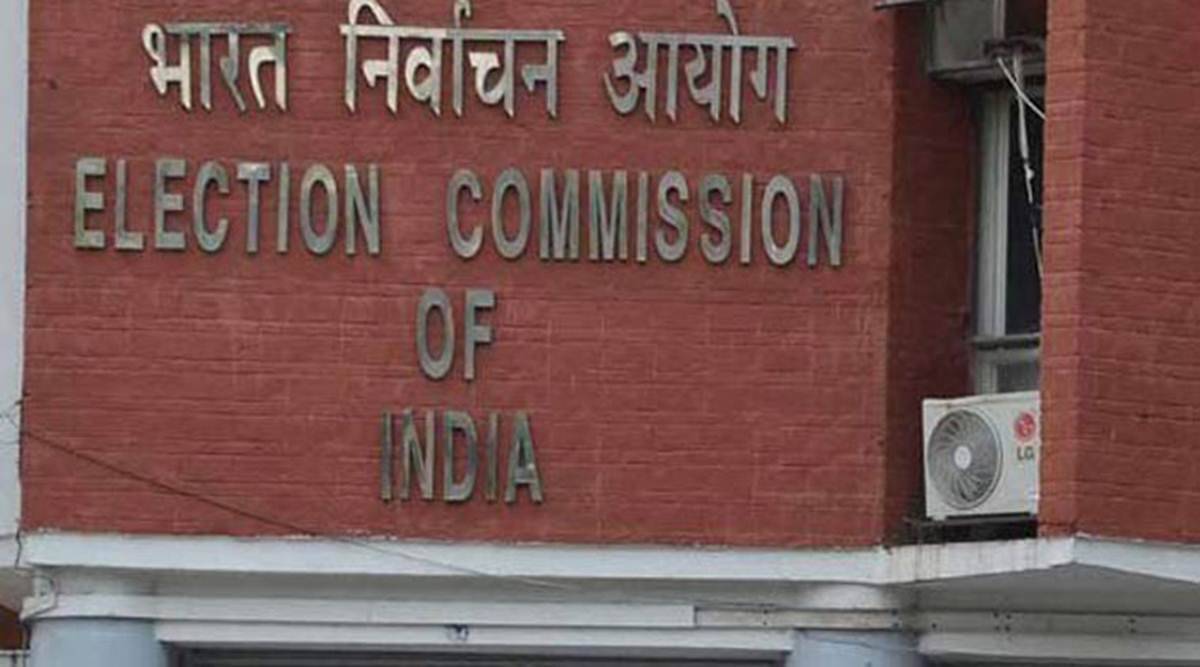
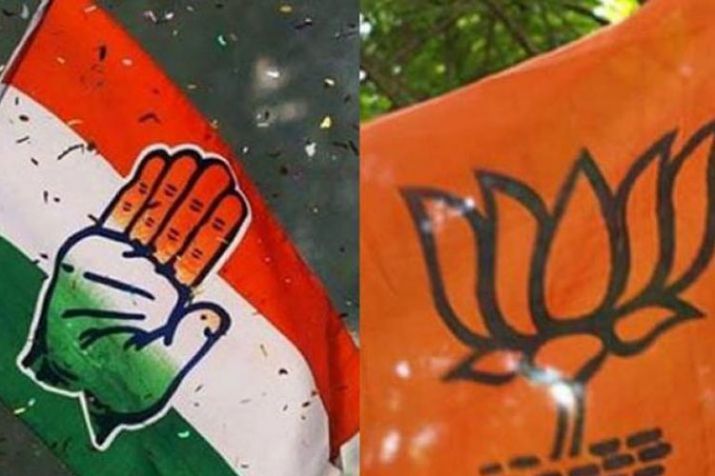
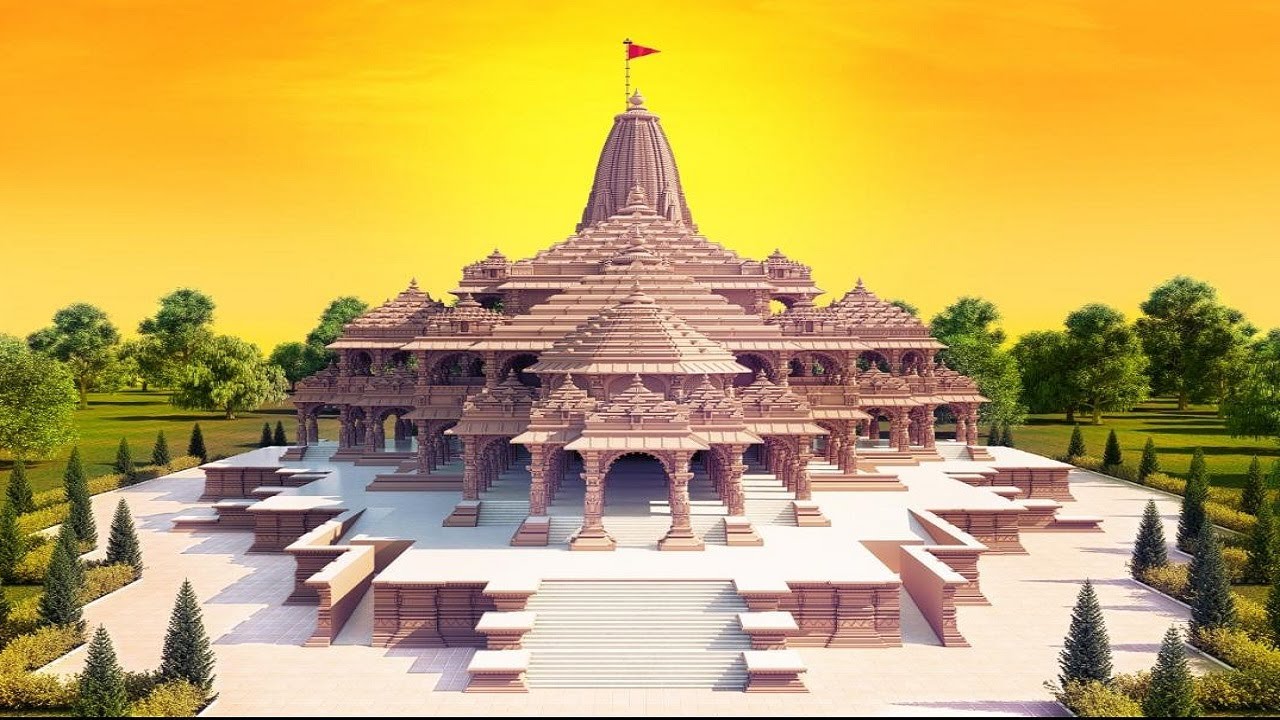
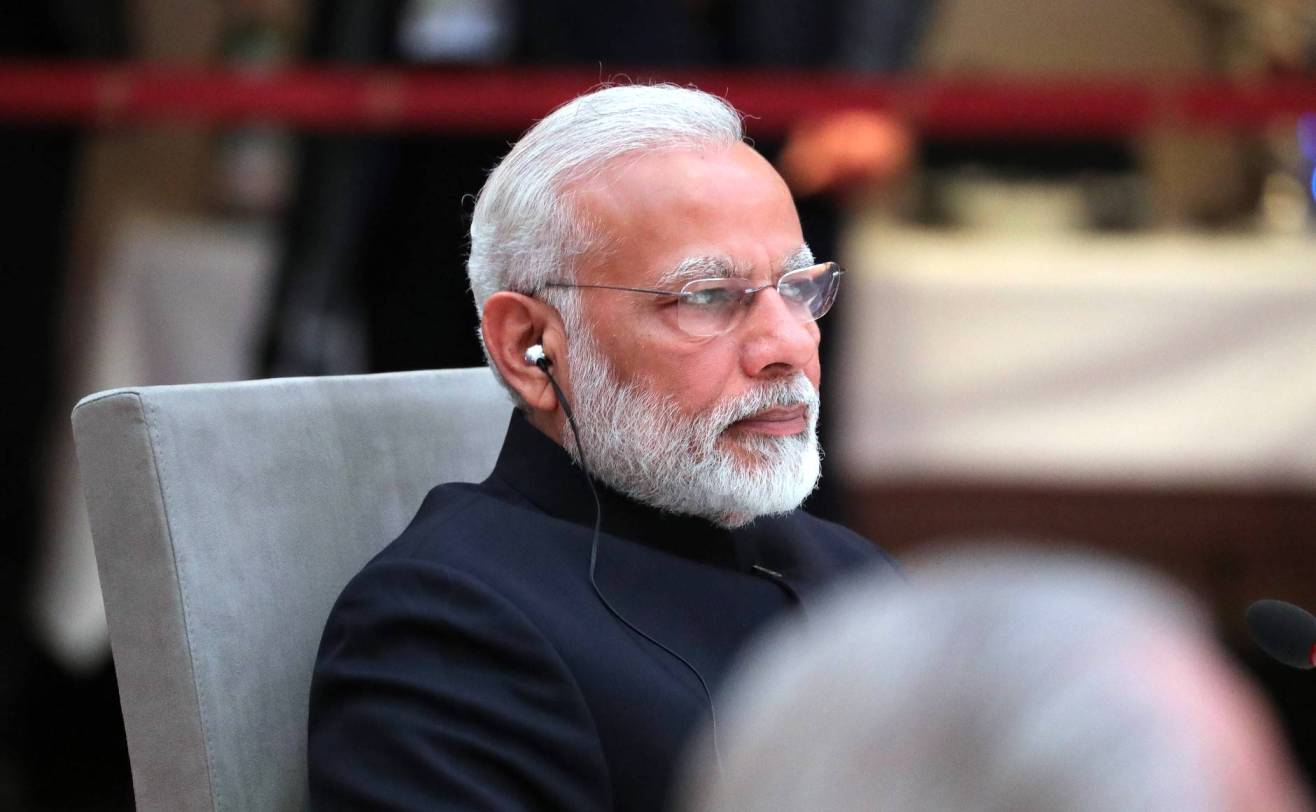

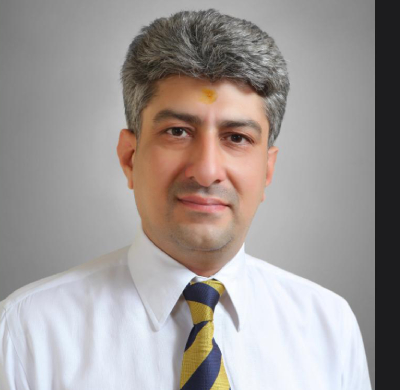
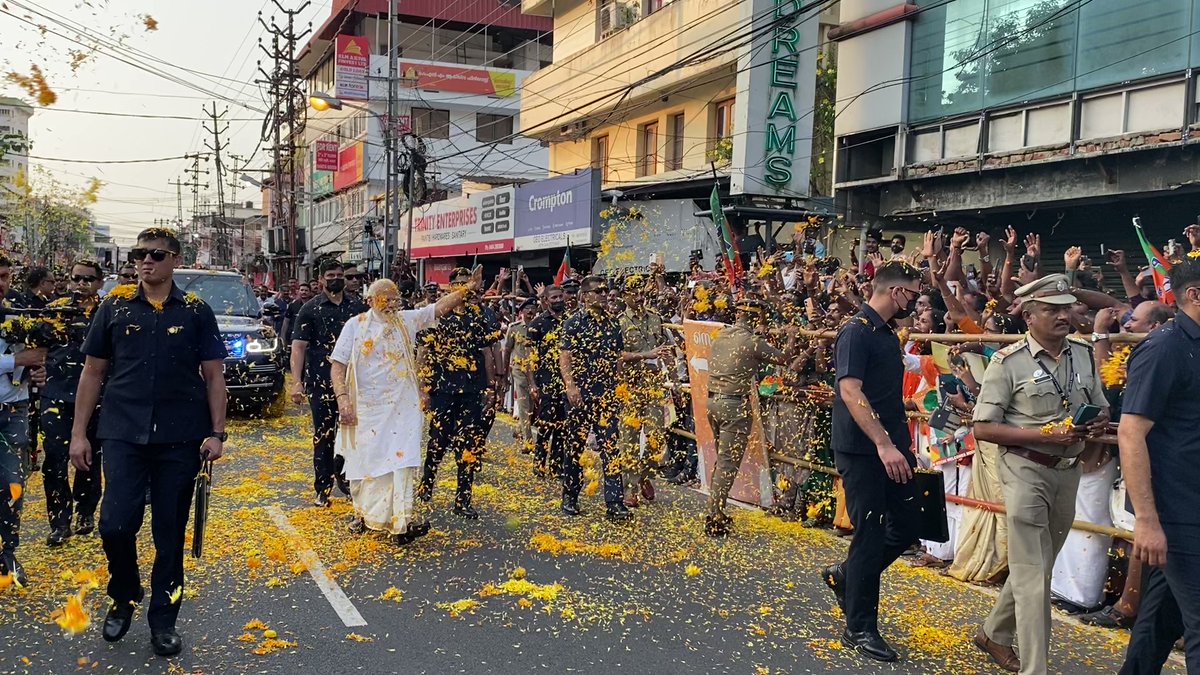
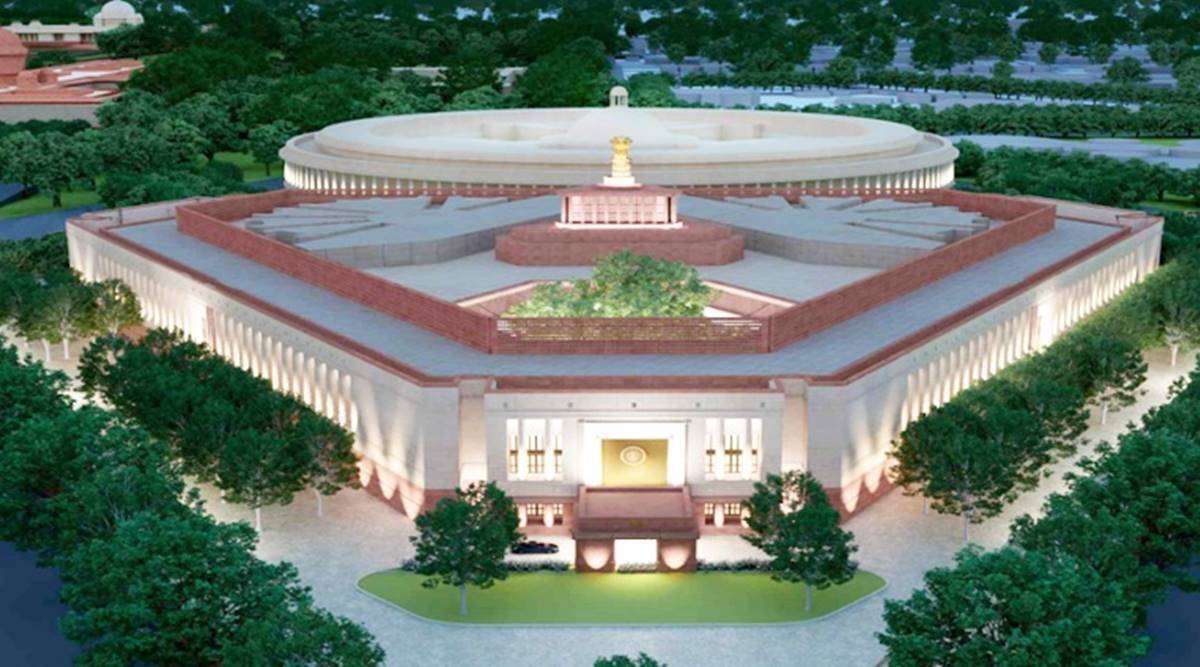

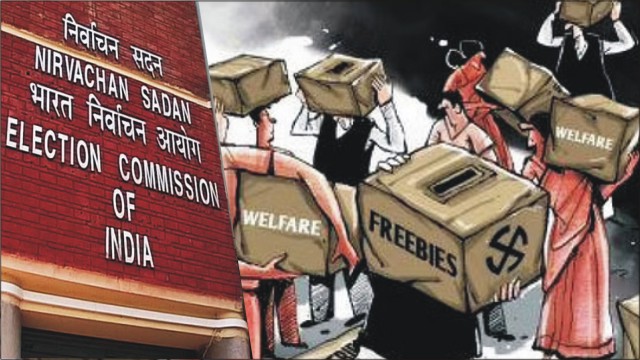






Comments (0)